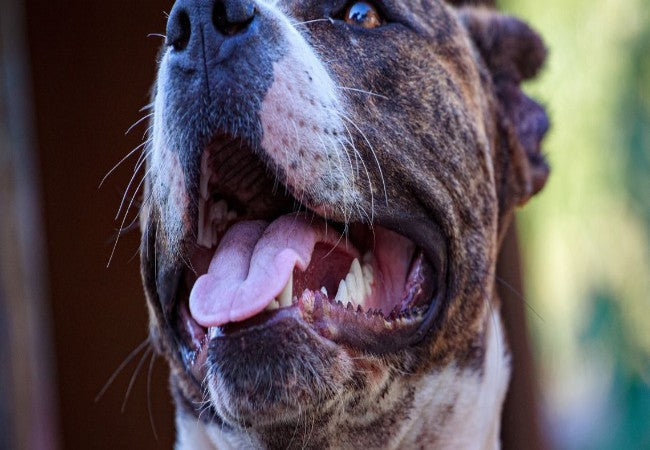Veterinary Guide to Epulis in Dogs (2025)🐶🩺

In this article
Veterinary Guide to Epulis in Dogs (2025)🐶🩺
By Dr. Duncan Houston BVSc
🔍 Introduction
An epulis (plural: epulides) is a benign gum growth in dogs, often found near teeth and arising from the periodontal ligament. While mostly harmless, it may cause discomfort, bleeding, and interfere with eating. This guide delivers 2025 insights on types, diagnosis, treatment, and long-term care. 🦷
💡 What Is an Epulis?
Epulides are benign masses that develop on the gums. They can appear smooth, nodular, or cobblestone-like and may grow on a stalk or as sessile (flat) masses around teeth.
🧬 Types of Epulides
- Peripheral odontogenic fibroma (a fibromatous or ossifying epulis): most common, may contain bone-like tissue.
- Acanthomatous ameloblastoma: locally invasive, can erode underlying bone.
🐾 Who's At Risk & Why They Form
- Occurs in older dogs; brachycephalic breeds (Boxers, Bulldogs, Shelties) are predisposed.
- Chronic gum irritation—like rubbing from underbites or dental disease—may trigger epulide development.
🚨 Common Symptoms
- Gum mass or swelling—smooth, nodular, or stalked.
- Bleeding, drooling, bad breath, difficulty eating, shifting teeth.
- Weight loss or behavior changes if chewing is painful.
🔬 Diagnosis
- Veterinary oral examination to inspect and palpate the mass.
- Dental X-rays or advanced imaging to assess bone invasion.
- Biopsy—incisional or excisional—to determine the exact type and rule out malignant tumors.
🛠 Treatment Options
1. Surgical Removal
- Complete excision with clean margins—including removal of affected teeth and underlying periodontal ligament.
- For bone-invading tumors (e.g., acanthomatous), more extensive resection may be needed.
- Prognosis is excellent (≈95%) if fully removed; recurrence risk is minimal.
2. Adjunctive Therapies
- In cases where surgery isn't possible, cryotherapy, electrocautery, or radiation may be options.
📆 Post‑Surgical Care & Monitoring
- Pain relief and soft food feeding for 1–2 weeks post-op.
- Avoid hard toys/treats to protect healing tissue.
- Recheck at 2 weeks; follow-up exams every 6–12 months to catch any regrowth.
📈 Prognosis
Most dogs fully recover with surgery, normal eating resumes, and oral comfort is restored. Recurrence is uncommon when tumors are fully excised.
🛡 Prevention & Home Care
- Maintain excellent dental hygiene—daily brushing and professional cleanings.
- Regular oral exams at vet visits to detect any growth early.
- Address chronic gum irritation and dental disease promptly.
- Breed-specific dental monitoring for predisposed breeds.
🔧 Tools & Services
- Ask A Vet App: Instant guidance for noticing mouth masses and deciding when to schedule biopsies or dental exams 📱
✅ Final Thoughts
Epulides are common, benign gum tumors in older dogs, especially brachycephalic breeds. Early detection, biopsy, and full surgical excision provide excellent outcomes with low recurrence. Regular dental care and checkups are key to catching them early. Use tools like AskAVet oral health into 2025 and beyond. 🐾❤️
Download the Ask A Vet app today for on-demand veterinary support—from spotting oral masses to post-surgical care guidance. 🦷📱






